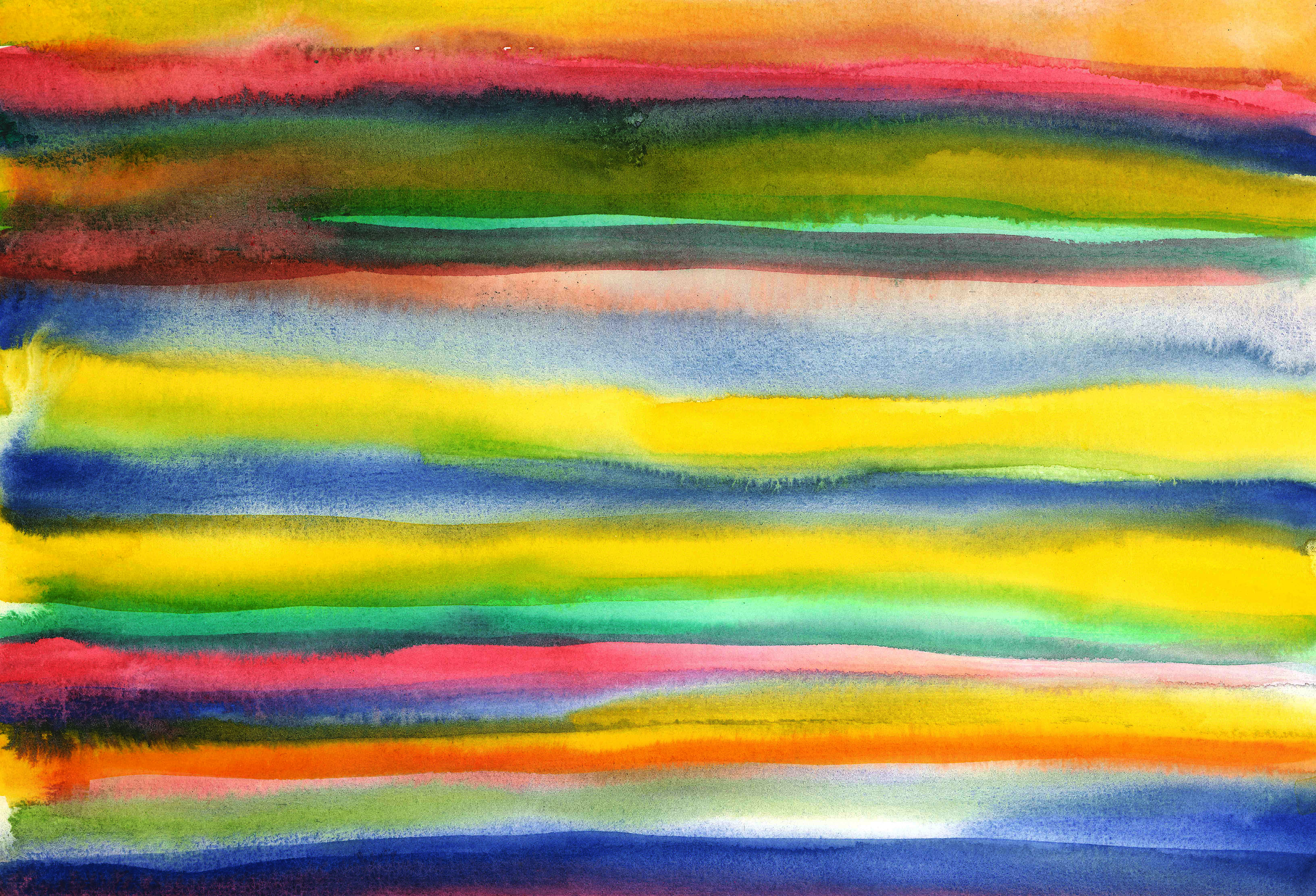Color harmony and empathy
By Fariha Mobin Karamat
Our visual experiences need to have a logical structure in order for us to understand them. Color harmony provides that structure and it’s a pleasing arrangement of different things.
There are four primary colors: red, blue, yellow, and green. They relate respectively to the body, brain, the mind, the emotions, and the essential balance among four. Most of us know that color is light and energy, and it is visible because it reflects, bends, and refracts through all kinds of particles, molecules, and objects. Color can heal people and it affects the mood, physical health, and mental health.
While we all know that light enters through our eyes, it’s important to note that light can also enter through our skin. Given the unique frequencies and vibrations of various colors, people believe that certain colors entering the body can activate hormones causing chemical reactions within the body, then influencing emotion and enabling the body to heal.
As every color has its own identity and it has its own impact, but when they meet at a certain point they give us the light which is a source of life (SUN). The same is with human beings. We are born with different qualities and strengths. When we are alone we can use our strengths to achieve something, but with a group of people who have a variety of strengths, we can create miracles.
Blue: A color of compassion… a symbol of trust, loyalty, wisdom, and confidence
Red: It symbolizes life and boldness.
Green: It represents balance, self-respect, growth, and harmony.
Yellow: Color of sunshine. It is associated with joy, happiness, intellect, and energy.
Orange: A bold color suggesting strength, endurance, and success, it represents enthusiasm, encouragement, and determination.
As a motivational speaker and author Jen Groover notes, it’s this desire that lies in the root of all empathetic habits. “True compassion exists when you give your strength, guidance, and wisdom to empower another so that you can see who you really are and live in a greater capacity and expect nothing in return.” She wrote, “True grace exists when the teachers realize that the gift was really theirs… to be able to teach another.”

